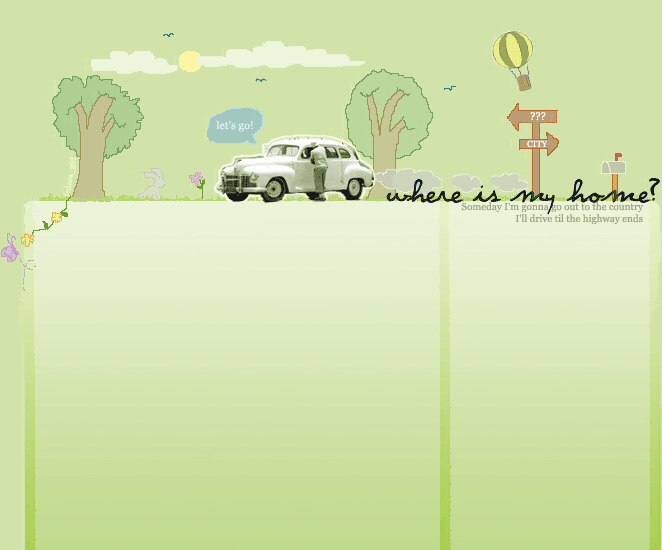Saturday, April 3, 2010
Land Clearance
Visit Singapore today! Can you imagine many years ago, our ancestors practised land clearance which enabled us to live in proper houses like today.

What are the causes of land clearance?
1) Corruption of the government institutions
2) Inequitable distribution of wealth and power
3) Population growth
4) Overpopulation
5) Urbanization
6) Globalization (though there are cases in which the impacts of globalization- new flows of labour, capital, commodities, and ideas, etc. Have promoted localized forest recovery)
Definition of land clearance
As the population increase, the demand of land will also increase, more land for development, result in massive deforestation projects. Removing of trees, stumps, brush, stories and other obstacles from an area as required the size of the crop producing land base of an existing farm or to provide land for a new farm operation. The newly cleared lands were therefore ready for cultivation, and also the development of the country.
In general…
Land shall not be cleared on slopes above 10% unless it can be fully integrated within an existing erosion control (terracing) conservation system to prevent erosion from the affected area. Land clear adjacent to an existing field shall not increase the overall up and down field row length unless soil conservation practices are implemented as required to prevent an increase in soil erosion from the affected area.
Types and methods of land clearance
There are four types of land clearing, felling and burning (FB), felling and stacking (FSO), felling, stacking and chipping (FSC) and selective clearing (SC). Monthly Carbon dioxide (CO₂) fluxes were highest in FB followed by FSO and FSC.
Clearing Methods Ways and tools of doing the methods
Standing timber Walk-down and pile; the uprooting and pile; or the cutting and pile method
Clear-cut areas Grubbing and pilling; the grubbing, piling, and turning; or the heavy moldboard plow or heavy breaking disc method
Light growth and ground brush Grubbing and piling; the rotary or flail mower; the heavy moldboard or breaking disc; or the rotary plow method
• Whatever the clearing method used debris piles shall be topsoil and mud free (maximum allowance of 10%) and well packed to ensure that they can be easily burned or loaded and hauled off the field.
• Whatever the clearing method used debris piles shall be topsoil and mud free (maximum allowance of 10%) and well packed to ensure that they can be easily burned or loaded and hauled off the field.
• The burning method will be exempt only in designated regions where burning permits cannot be obtained and will be reviewed on a case by case basis.
Pro and cons of land clearance
pros-
1) Fastest way to convert peat land for agriculture
2) Adding more useable yard to existing home
3) Reduce the potential for wildfires by cutting down forest fuels
4) Provides nutrients to fertile the soil
5) Increase the economic
cons-
1) Provide excited Carbon dioxide, result in greenhouse effect
2) Destroy the natural habitat, many species and animals are at risk
3) Brings about soil erosion
4) Affect the hydrologic cycle
In Singapore
Singapore Scenery
In the past, Singapore was merely covered with green-the rainforest. Forest reserves comprising only 0.25% of Singapore’s area now harbour over 50% of the residual native biodiversity. We these sacrifice, we are able to have those high HDB flats everywhere in the city.
Indonesia still practice land clearance
The rich forests of Indonesia have helped fuel the island nation's fantastic economic growth. The tropical woods were turned into pulp for paper and hardwood furniture - finding ready markets around the world.
Indonesia is the third largest emitter of greenhouse gases and 85 percent of that comes from cutting down trees - largely in the lush lowlands on the island of Java. Data shows, deforestation rate estimated from 1982 to 1993, have reached 2.4 millions hectares per year. This rate was considered higher, compared to the rate estimated by Forestry Department and FAO in 1990 ; which was expected to be 900,000 to 1.3 millions hectares per year. The deforestation rate in Indonesia was also higher than the average rate of tropical forest in the world which was only 987,000 per year.3 Primary forest coverage left nowadays are only 53 millions hectares or 37% of total forest area before (WALHI, 1998).
Resources (Land clearance)
http://www.youtube.com/watch?v=xwV9qXBe_J0
http://www.birdspiders.com/gallery/photos/med_15AFF88FKD0B7KAEC2K14E151E12C24CCE4.jpg
http://en.wikipedia.org/wiki/Deforestation
http://www.gnb.ca/0173/30/0173300007-e.asp
Explore 2 Geography Textbook
http://www.pri.org/world/asia/deforestation-in-indonesia.html
http://www.wrm.org.uy/deforestation/Asia/Indonesia.html
http://seadb.science.nus.edu.sg/pdf/nature2003_0724.pdf
http://www.youtube.com/watch?v=PvmfLRV9UNQ
Labels: Teng I-Ling
